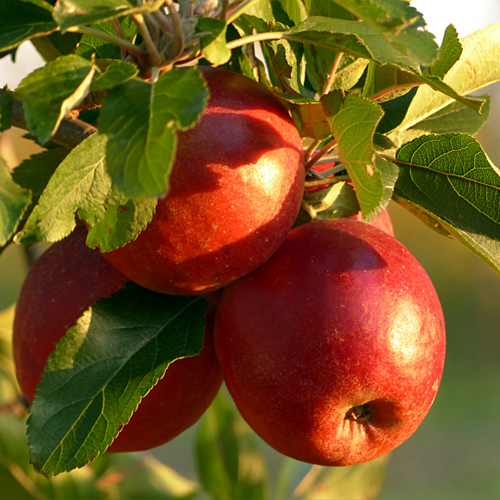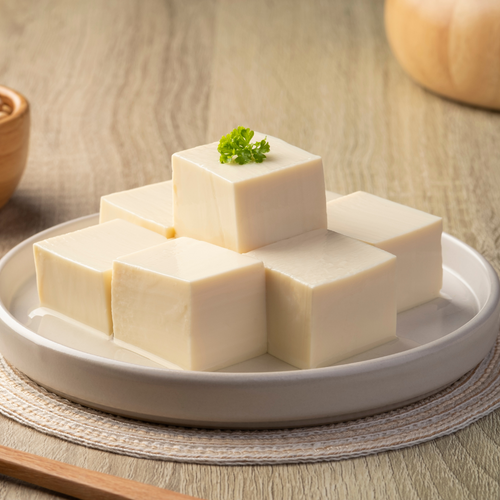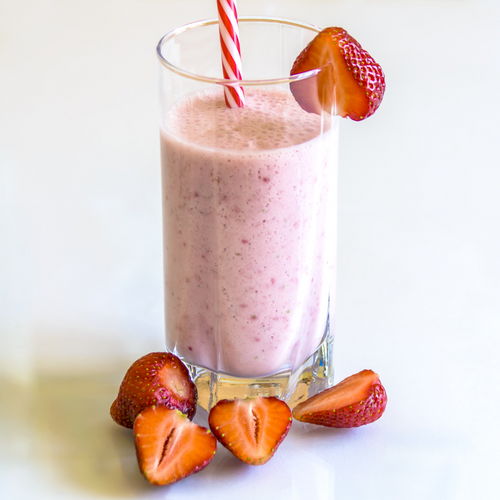Do you know that unpleasant feeling of an acid taste rising up in your throat or even bloating in your stomach? You have acid reflux and your stomach won't give you any respite.
The benefits of using plants are numerous in the scientific literature. At each change of season, DIJO recommends undertaking a Lithothamne treatment . This small algae known for its richness in micronutrients and its remineralizing properties .
This product should be taken as part of a healthy lifestyle and cannot replace a varied and balanced diet. It is recommended to respect the indicated daily dose and to keep it out of the reach of young children.
What is acid-base balance?
Stomach acid can be a real source of discomfort for many people, leading to heartburn and heartburn . Fortunately, there are natural ways to relieve this stomach discomfort, including through your diet.
Indeed, there are basifying foods, responsible for regulating the acid-base balance of the body. This metabolic balance maintains an adequate level of body acidity, thus preserving your general well-being. A disturbance of this balance can be the source of many inconveniences and cause daily discomfort. Pollution, stress but also the consumption of acidifying foods are sources of imbalance. However, modern food often produces acids: processed products, refined sugar, salt, meat, cheese, sodas... all these foods contribute to disrupting the acid-base balance.
We then present to you the foods which have an alkalizing power, responsible for maintaining the acid-base balance!
Our advice for maintaining a good acid-base balance
1 - Increase your consumption of fortifying foods
Just like body temperature which is optimal at 37°C, there is also an optimal, neutral pH. These are essential parameters that allow the body to function correctly. This acid-base balance is the balance between the acidity level and the alkalinity level of the body.
Acid-forming foods such as salt, cold meats, fish, processed products, refined cereals, dairy products, sodas and even alcohol are known to promote this production of acid in the body!
We call a basifying or alkalizing food, one whose Pra l index ( Potential Renal Acid Load) is negative, among them, we find fruits (banana, pineapple, blackcurrant), vegetables (spinach, fennel, carrot), oilseed fruits, garlic, onion as well as spices but also green tea and herbal teas.
Do not confuse: the “acidic” taste of a food and its “acidifying” power. For example, lemon has a very acidic taste but is a food with a rather alkalizing power!
2 – Favor foods rich in potassium
A diet too rich in salt and meat can cause potassium deficiencies. However, potassium is an essential mineral for the functioning of "buffer systems" which regulate the acid-base balance. We bet everything on these foods: lentils (810 mg per 100g), dried dates (790 mg per 100g), prunes (732 mg per 100g), almonds (705 mg per 100g), spinach (662 mg per 100g). 100g), avocado (650 mg per 100g), chestnuts (600 mg per 100g), mushrooms (520 mg per 100g), walnuts (450 mg per 100g), apricots (440 mg per 100g).
3 – Eat foods rich in fiber
Foods high in fiber, such as fruits, vegetables, and grains, fight acid reflux and aid digestion . How do they act? Soluble fibers have the ability to absorb intestinal fluid present when the food bolus passes, including water and gastric fluid. This phenomenon prevents the movement of stomach acids. Therefore, it is advisable to turn to foods rich in soluble fiber such as oatmeal, barley and beans.
4 – Consume skimmed dairy products
Contrary to what you might think, not all dairy products should be banned when it comes to heartburn !
Yogurts and cooked cheeses are generally well tolerated and do not complicate digestion . Drinking a glass of milk, preferably skimmed, helps relieve heartburn because the pH of milk is much less acidic than the pH of the stomach.
However, it is best to avoid moldy cheeses such as Camembert, Roquefort and goat's cheese as well as semi-skimmed milk. Indeed, as they take longer to be digested, they promote acid reflux and slow down gastric emptying.












